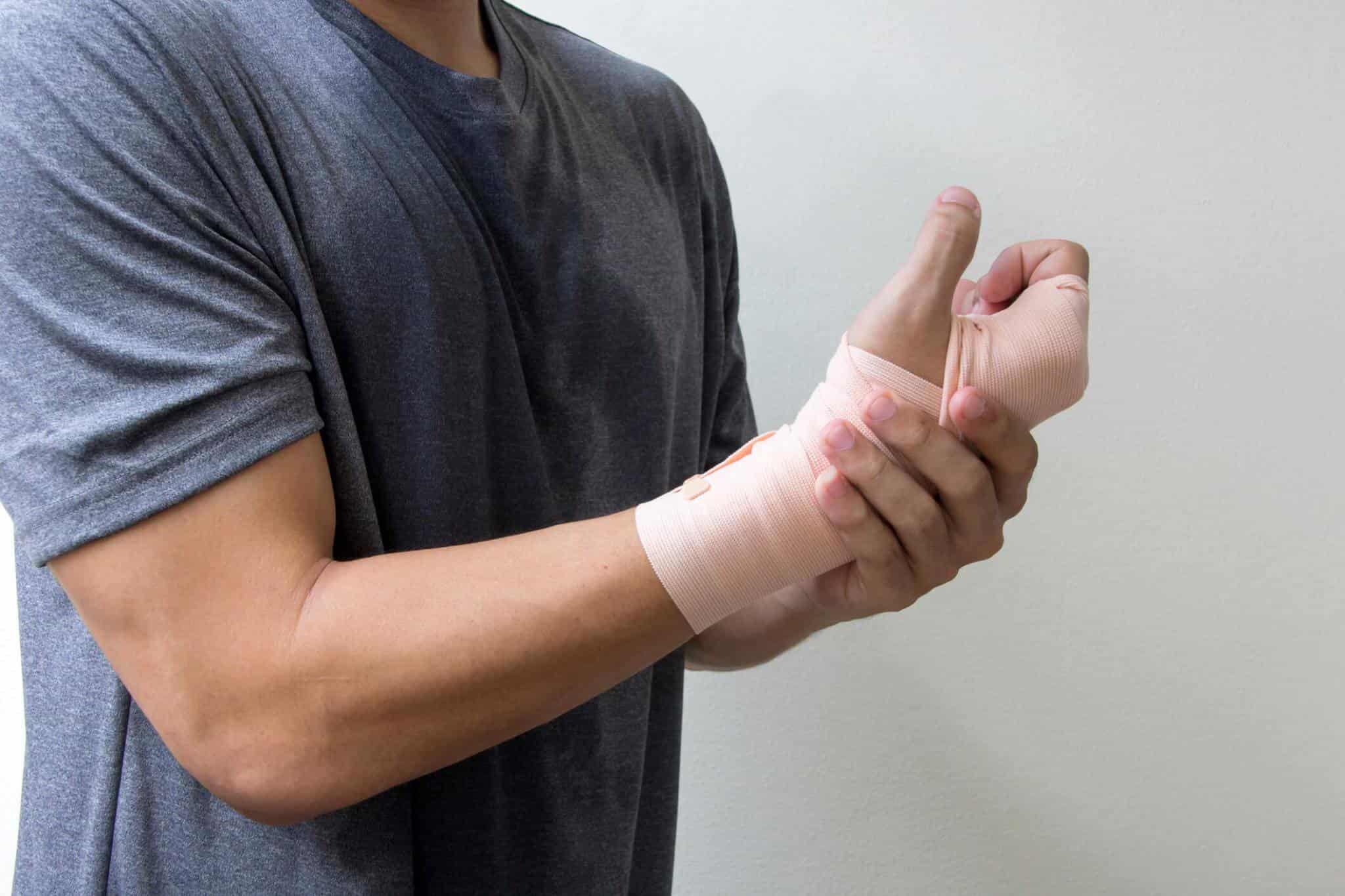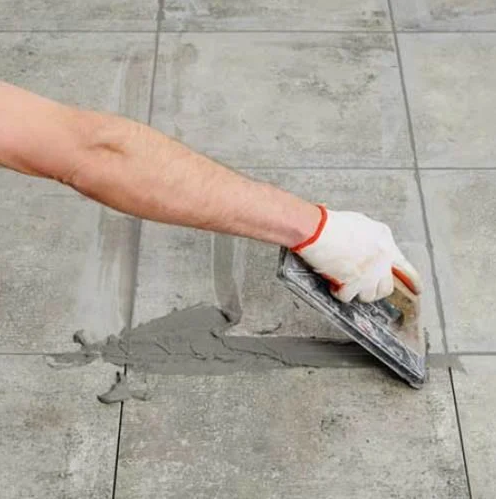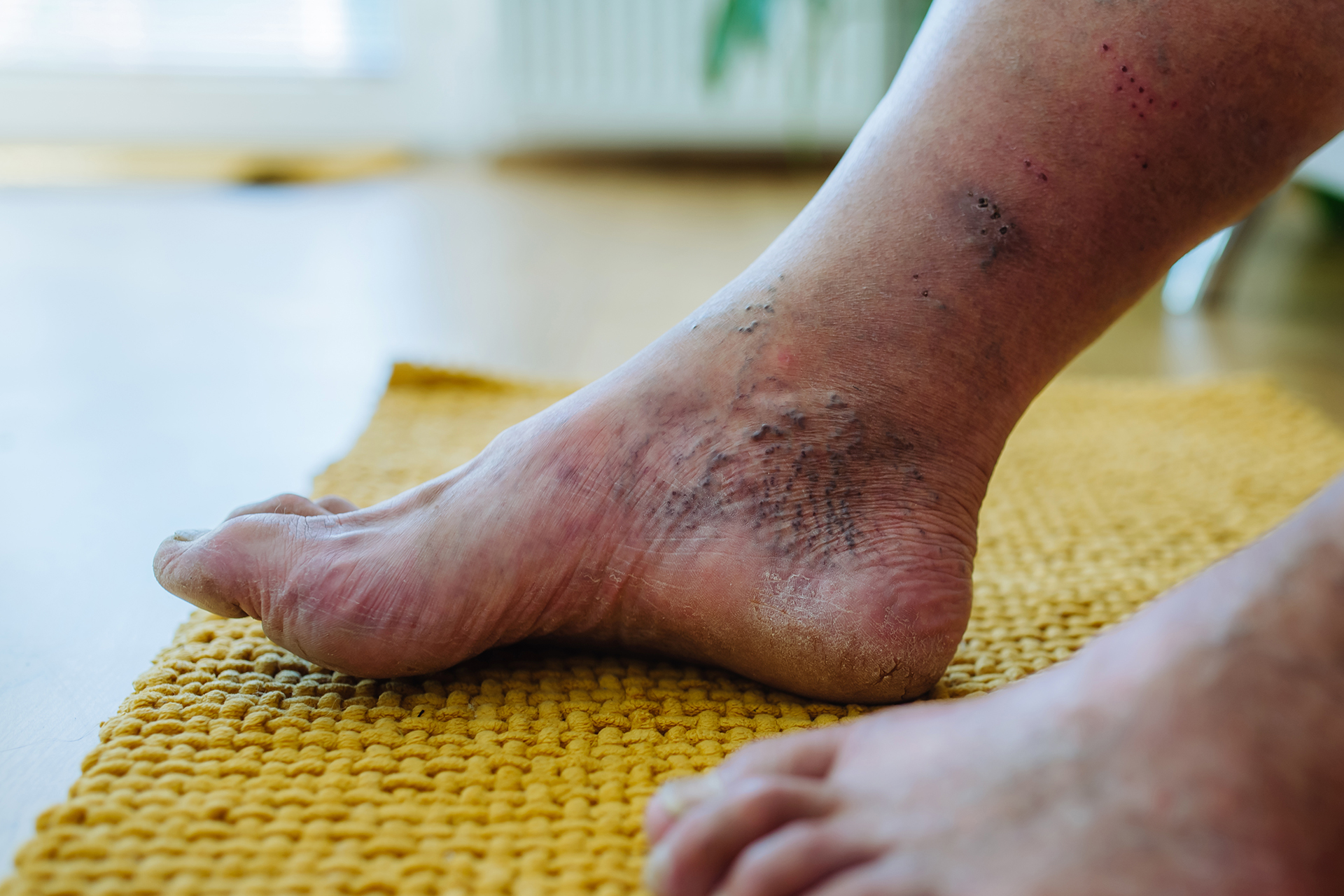Hand injuries are common occurrences that can significantly impact daily life. Whether it’s a minor cut or a severe fracture, proper treatment is essential for effective recovery and rehabilitation. In this blog post, we’ll explore various strategies for treating hand injuries, from initial assessment to rehabilitation, and discuss ways to prevent future injuries.
Understanding Hand Injuries
Hand injuries encompass a wide range of conditions, including fractures, sprains, cuts, and burns. These injuries can result from accidents, sports activities, or workplace incidents. Understanding the causes and types of hand injuries is crucial for effective treatment and prevention.
Initial Assessment and First Aid
When a hand injury treatment occurs, prompt assessment and first aid are essential. Begin by assessing the severity of the injury and providing immediate care, such as cleaning and applying pressure to stop bleeding. Seek medical attention for severe injuries, such as deep cuts or fractures, to prevent complications.
Medical Treatment Options
Medical treatment for hand injuries varies depending on the type and severity of the injury. Fractures may require casting or surgery, while sprains may benefit from splinting and physical therapy. Cuts and burns may need cleaning, dressing, and possibly surgical intervention. Medication, such as pain relievers and antibiotics, may also be prescribed to manage symptoms and prevent infection.
Rehabilitation and Recovery
Rehabilitation plays a crucial role in the recovery process for hand injuries. Physical therapy exercises can improve range of motion, strength, and function in the hand and wrist. Occupational therapy may focus on adapting daily activities to accommodate hand limitations. Consistent rehabilitation efforts are key to achieving optimal recovery and restoring hand function.
Preventing Future Hand Injuries
Preventing hand injuries involves adopting safety measures and ergonomic practices in various settings. In the workplace, employees should receive proper training on using equipment safely and following safety protocols. At home, practicing caution during activities such as cooking, gardening, and DIY projects can reduce the risk of hand injuries. Wearing appropriate protective gear, such as gloves, is essential during activities that pose a risk of injury.
Takeaway
Hand injuries can have significant consequences, but with timely treatment and rehabilitation, recovery is possible. By understanding the causes of hand injuries, seeking prompt medical care, and adopting preventive measures, individuals can protect their hands and minimize the risk of future injuries. Prioritizing hand safety is essential for maintaining overall well-being and quality of life.






